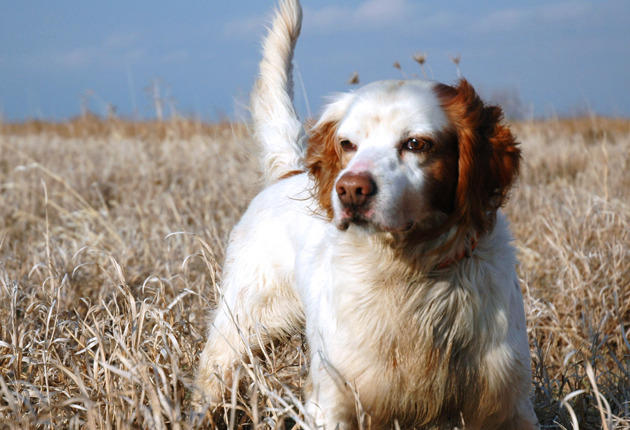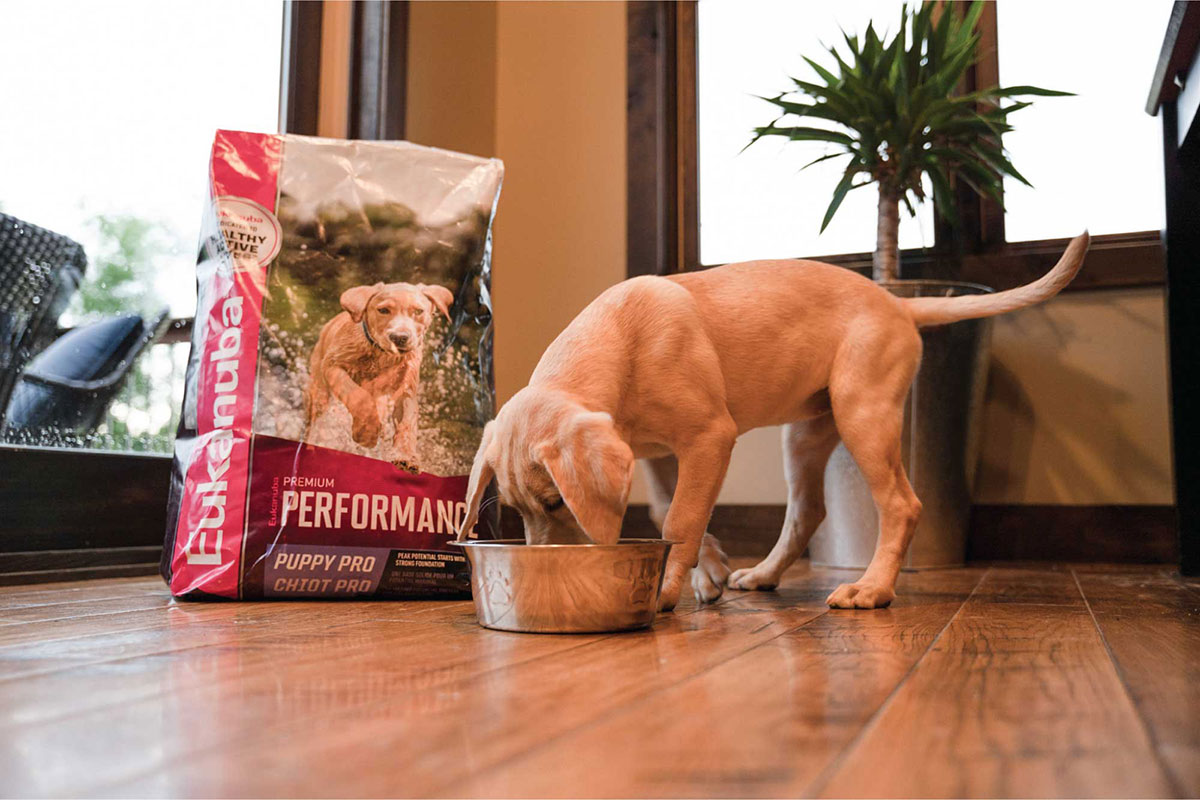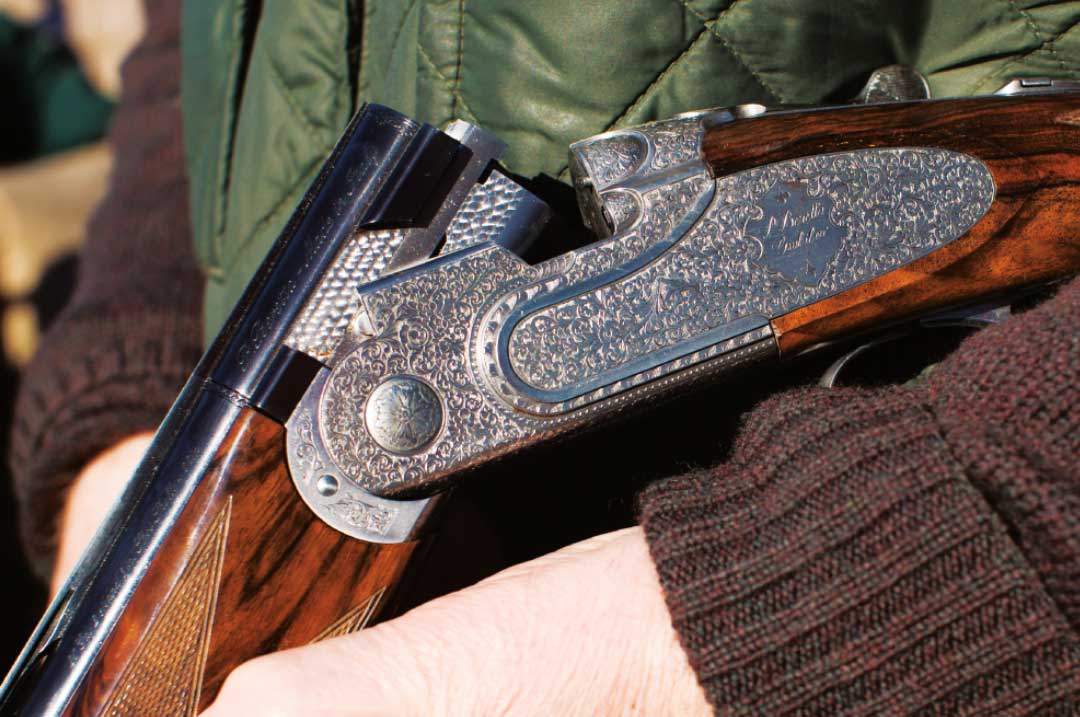Things had not gone the way I’d planned; more accurately, they’d not gone the way I’d hoped.
Where you are depends on where you’ve been—and after starting the season in September hunting sharptails on the North Dakota prairies, then crashing around the grouse woods of northern Wisconsin for a couple months, I was in a bad place.
The poet Emily Dickinson wrote, “Hope is the thing with feathers/That perches on the soul.” As a bird hunter, I’ve always found that line especially resonant—except the thing perched on my soul was a buzzard.
But it wasn’t about the birds, really. It was about the dogs . . . my dogs. They just weren’t getting it done and it was killing me. I’m no different from a lot of gundog people in this respect: When our dogs perform well we’re on top of the world, and when they don’t we’re in the seventh circle of hell. It’s not an emotionally healthy situation, but it’s a risk we accept when we sign on—the price of admission for a shot at the kind of profoundly satisfying moments that meld into lasting memories.
The trouble last fall was that my hunting was like the reports from Wall Street: a litany of gloom unrelieved by the occasional pinprick of light. After making great strides on the prairies, Tina, the puppy, seemed to run into a brick wall when we got to the woods, while Ernie, who at age seven should have had the program wired, wasn’t on the same page with me from the start. He put on a display of running and hunting one morning in North Dakota the likes of which I’ve rarely witnessed, laying out to the front, hitting all the birdy objectives and looking good doing it—and then he shit on the soufflé by refusing to hold point and putting so many sharptails into the air over an alfalfa field it looked like ducks were working it.
That set the tone for the rest of the fall. By November I was at my wits’ end with Tina, and Ernie and I were dancing around each other like a married couple who aren’t speaking. My shooting had gone into the toilet, too—a not-uncommon affliction when you lose confidence in your dogs. So when Keith and Lynda Krull invited me for an end-of-the-season hunt at their place in South Dakota (the 2008 Sporting Classics Hunting Lodge of the Year), I wasn’t thinking about the possibility of pheasants, Huns and prairie grouse.
I was thinking about the possibility of redemption.
For little Tina, it came quickly. It was as if the previous couple months had been a bad dream and here, on the bird-rich expanses of the Krull Ranch, the orange-speckled pup with the darkly flashing eyes had awakened to the dawning of a new day—and she was determined to seize the promise of it.
She wasn’t perfect and I never expected her to be. But for a nine-month-old puppy she displayed amazing maturity: quartering naturally, using the wind to her advantage, stretching her range on the open prairie and working close in the feed strips and creek bottoms where the cover tightened. She handled like a glove, unfailingly turning on the whistle and looking to me for direction when she was unsure which way to go. She was hunting with purpose but at the same time with infectious joie de vivre, her gait sparkling, her tail swishing like a cane cutter. You couldn’t keep your eyes off her.
Lynda Krull was completely won over—no small feat, given that her own dogs take a back seat to none. (I’ve never seen better pheasant dogs than Lynda’s Drahthaars.)
“Tina’s a peach,” Lynda said admiringly. “I can’t believe she’s only nine months old. She does things that you just don’t expect a puppy to do.”
For example, pointing a wily old prairie rooster and holding that point while I, having caught a glimpse of the bird’s dark head as he skulked away, galloped past her as fast as my creaky wheels would carry me. The shot was a barrel-stretcher, but I swung the Fox hard, pulled the rear trigger and scratched him down.
The bird still had his legs but a white blur named Tina saw to it that he didn’t get far. She was holding the rooster by the neck, sashaying around like a runway model, and when I pried it from her jaws she looked at me with an expression of pure happiness that seemed to say, “I did good, huh?” I knelt down, cradled her in my free arm, and told her she was the best and prettiest puppy in the world.
The clouds had parted, and suddenly there was a big patch of bright blue sky.
Ernie had been solid if not spectacular, and on our last day in South Dakota, with barely 45 minutes of shooting time left, I turned him out for a final go. The low sun bathed the prairies in honeyed light and the long shadows gave the features of the landscape heightened relief, as if you were looking through 3-D glasses.
A faint breeze pulsed from the west, and we worked that way through a series of north-south strips of prairie grass, Ernie sweeping ahead with his usual furious pace, his customary semi-controlled intensity. He pointed twice, both times with style and conviction, and both times he had roosters dead to rights. It would have been criminal to miss either shot and I didn’t.
That would have been a lovely note to end on, but Ernie had other plans. Angling through the last strip of grass, he broke out on a field of cut alfalfa and wheeled onto point. He stood there for a few seconds, then released, cat walked on a string-straight line and established again. The cover was nonexistent, just a scattering of scrubby, ankle-high alfalfa, and sizing up the situation I came to two conclusions. The first was that the birds could only be Huns. The second was that in this skinny cover the chances of Ernie actually pinning them, and me getting a shot at them, were laughably slim.
And even if by some small miracle they flushed within range, I’d be looking directly into the sun, now a flaming orange ball poised at the rim of the horizon.
Ernie was locked on, not about to let go. All the experience, all the bird-sense, all the instincts that had gone AWOL were reasserting themselves. Finally, after his series of moving points had taken him at least a hundred yards into the alfalfa, he stopped for good. I’d been able to slide to his right and gain a little separation, and when I turned to look back at him his eyes were pools of fire. I’ll never forget that, just as I’ll never forget the heart-stopping rush when, three steps later, the covey of Huns blew up in my face.
The Fox barked twice, two birds fell, and there wasn’t a cloud in the sky.
I often imagine Bob Wehle smiling beatifically and saying, “Isn’t that great?” when I read about the Elhew dogs’ accomplishments in field trials, in particular, the shooting dog stakes that he considered the ultimate proving ground for his breeding program.These days, you can’t swing a dead cat without hitting a son or daughter of Elhew Fibber McGee that’s winning big—and somewhere, Bob is smiling.
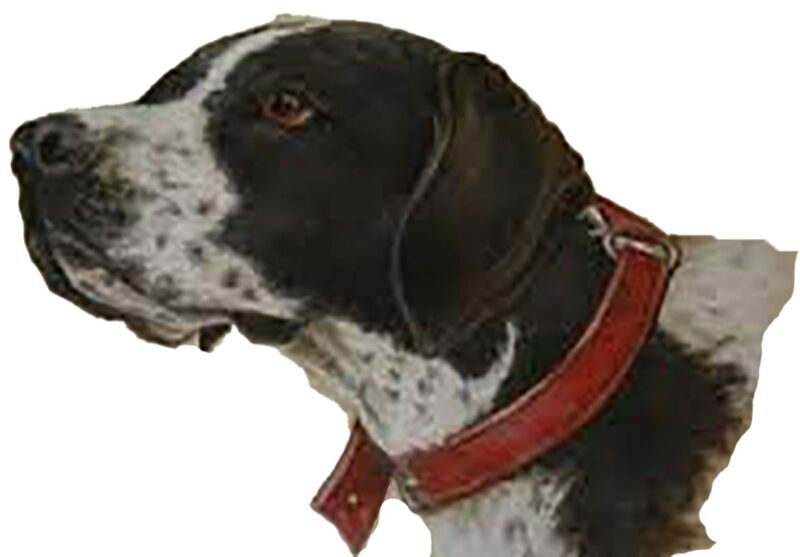 The last of Bob’s personal “brag dogs” to win a field trial championship, Fibber’s record as a sire is second only to his granddaddy, Elhew Strike, in the whole glittering history of Elhew Kennels. When you consider that that history includes Fibber’s daddy, a dog you may have heard of by the name of Snakefoot . . . well, it’s pretty damn impressive. His progeny truly exemplifies the qualities that Bob Wehle molded over a lifetime to create the Elhew pointer.
The last of Bob’s personal “brag dogs” to win a field trial championship, Fibber’s record as a sire is second only to his granddaddy, Elhew Strike, in the whole glittering history of Elhew Kennels. When you consider that that history includes Fibber’s daddy, a dog you may have heard of by the name of Snakefoot . . . well, it’s pretty damn impressive. His progeny truly exemplifies the qualities that Bob Wehle molded over a lifetime to create the Elhew pointer.
From the May/June 2009 issue of Sporting Classics.
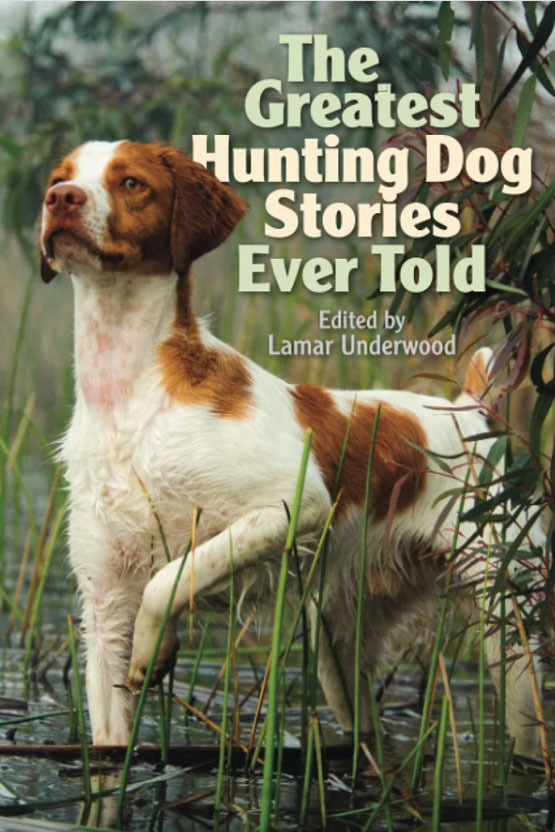 All dogs live forever in the hearts of their owners. But hunting dogs take that love to ultimate dimensions of affection. The dogs and their owners have worked together to obtain skills and understanding of the outdoor world where they thrive. Buy Now
All dogs live forever in the hearts of their owners. But hunting dogs take that love to ultimate dimensions of affection. The dogs and their owners have worked together to obtain skills and understanding of the outdoor world where they thrive. Buy Now

